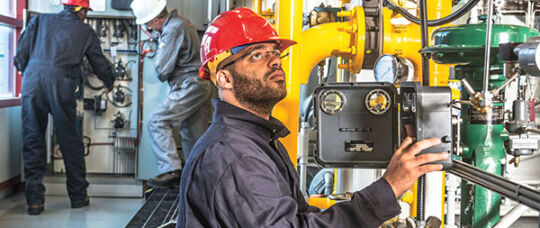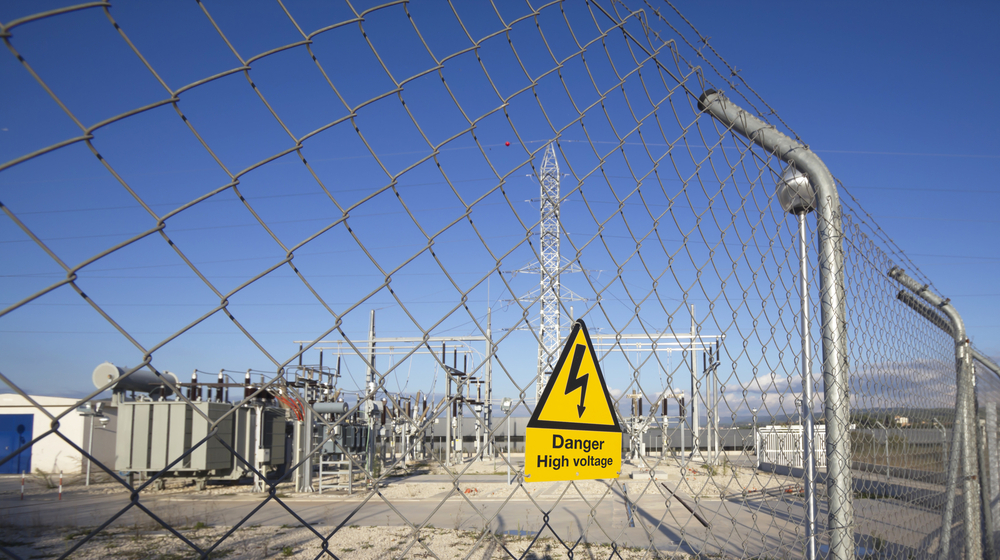The Single Strategy To Use For Roar Solutions
The Single Strategy To Use For Roar Solutions
Blog Article
More About Roar Solutions
Table of ContentsThe Ultimate Guide To Roar Solutions8 Easy Facts About Roar Solutions Explained10 Simple Techniques For Roar Solutions
In such an environment a fire or surge is feasible when three basic problems are satisfied. This is commonly referred to as the "harmful area" or "combustion" triangle. In order to safeguard installments from a prospective explosion a technique of evaluating and categorizing a potentially harmful area is required. The purpose of this is to make certain the correct choice and installment of equipment to eventually prevent an explosion and to guarantee security of life.
(https://www.bitchute.com/channel/JJyNq2gAk2M7)
No devices should be set up where the surface temperature of the tools is more than the ignition temperature of the offered risk. Below are some usual dirt harmful and their minimum ignition temperature level. Coal Dirt 380C 225C Polythene 420C (melts) Methyl Cellulose 420C 320C Starch 460C 435C Flour 490C 340C Sugar 490C 460C Grain Dirt 510C 300C Phenolic Resin 530C > 450C Aluminium 590C > 450C PVC 700C > 450C Residue 810C 570C The probability of the danger being present in a focus high enough to create an ignition will certainly differ from place to place.
Dangerous area electric tools possibly made for usage in higher ambient temperature levels. Area Fixing By Authorised Personnel: Complex screening may not be needed nonetheless particular procedures might require to be followed in order for the devices to keep its third event rating. Each piece of devices with a harmful rating should be evaluated independently.
How Roar Solutions can Save You Time, Stress, and Money.
The tools register is an extensive data source of equipment records that includes a minimum collection of fields to determine each product's location, technical criteria, Ex-spouse classification, age, and ecological information. This information is vital for tracking and taking care of the equipment effectively within hazardous areas. In contrast, for routine or RBI tasting inspections, the grade will be a combination of Detailed and Close evaluations. The ratio of In-depth to Close examinations will be identified by the Tools Threat, which is assessed based upon ignition risk (the possibility of a resource of ignition versus the probability of a combustible atmosphere )and the hazardous location category
( Zone 0, 1, or 2). This variation will additionally influence the resourcing requirements for work prep work. Once Whole lots are specified, you can create tasting strategies based upon the example size of each Great deal, which refers to the variety of arbitrary tools items to be checked. To establish the called for example size, 2 aspects need to be reviewed: the size of the Lot and the classification of evaluation, which suggests the degree of effort that must be applied( lowered, regular, or boosted )to the examination of the Great deal. By integrating the group of inspection with the Lot dimension, you can after that develop the proper being rejected criteria for a sample, implying the permitted number of malfunctioning items found within that example. For even more information on this process, please refer to the Energy Institute Standards. The IEC 60079 typical advises that the optimum interval between assessments need to not go beyond 3 years. EEHA evaluations will additionally be conducted beyond RBI projects as part of arranged maintenance and equipment overhauls or repairs. These inspections can be attributed toward the RBI example dimensions within the influenced Great deals. EEHA assessments are carried out to recognize faults in electric equipment. A weighted racking up system is crucial, as a single item of devices might Get the facts have numerous mistakes, each with differing levels of ignition risk. If the mixed rating of both assessments is less than twice the fault score, the Whole lot is deemed appropriate. If the Whole lot is still taken into consideration unacceptable, it should go through a complete assessment or reason, which may trigger more stringent examination methods. Accepted Lot: The causes of any faults are determined. If an usual failing mode is located, extra devices might call for maintenance. Mistakes are identified by severity( Safety and security, Stability, House cleaning ), making sure that immediate problems are analyzed and dealt with immediately to mitigate any type of effect on safety and security or operations. The EEHA data source should track and tape the lifecycle of faults in addition to the corrective actions taken. Carrying out a robust Risk-Based Evaluation( RBI )method is vital for guaranteeing conformity and security in managing Electrical Equipment in Hazardous Areas( EEHA) (hazardous area electrical course). Automated Mistake Rating and Lifecycle Management: Effortlessly handle mistakes and track their lifecycle to boost assessment precision. The intro of this assistance for risk-based assessment even more reinforces Inspectivity's placement as a best-in-class remedy for regulative conformity, as well as for any asset-centric evaluation usage situation. If you have an interest in discovering a lot more, we invite you to ask for a demonstration and find just how our option can transform your EEHA monitoring processes.
Roar Solutions Things To Know Before You Buy

In regards to eruptive threat, a harmful area is a setting in which an eruptive environment exists (or might be expected to be present) in quantities that require special safety measures for the construction, setup and use devices. hazardous area course. In this post we discover the obstacles encountered in the workplace, the risk control procedures, and the called for competencies to function safely
It issues of contemporary life that we make, store or deal with a series of gases or fluids that are regarded combustible, and a series of dirts that are considered combustible. These materials can, in specific conditions, develop explosive ambiences and these can have major and tragic consequences. A lot of us know with the fire triangular eliminate any kind of one of the 3 aspects and the fire can not occur, however what does this mean in the context of harmful areas? When breaking this down into its simplest terms it is basically: a combination of a specific quantity of launch or leak of a specific substance or material, blending with ambient oxygen, and the presence of a resource of ignition.
In many circumstances, we can do little regarding the degrees of oxygen in the air, however we can have substantial influence on sources of ignition, for example electrical tools. Harmful locations are documented on the harmful area classification drawing and are identified on-site by the triangular "EX LOVER" sign. Below, among other crucial info, zones are split right into three types depending upon the hazard, the probability and duration that an explosive environment will certainly exist; Zone 0 or 20 is regarded one of the most dangerous and Area 2 or 22 is deemed the least.
Report this page